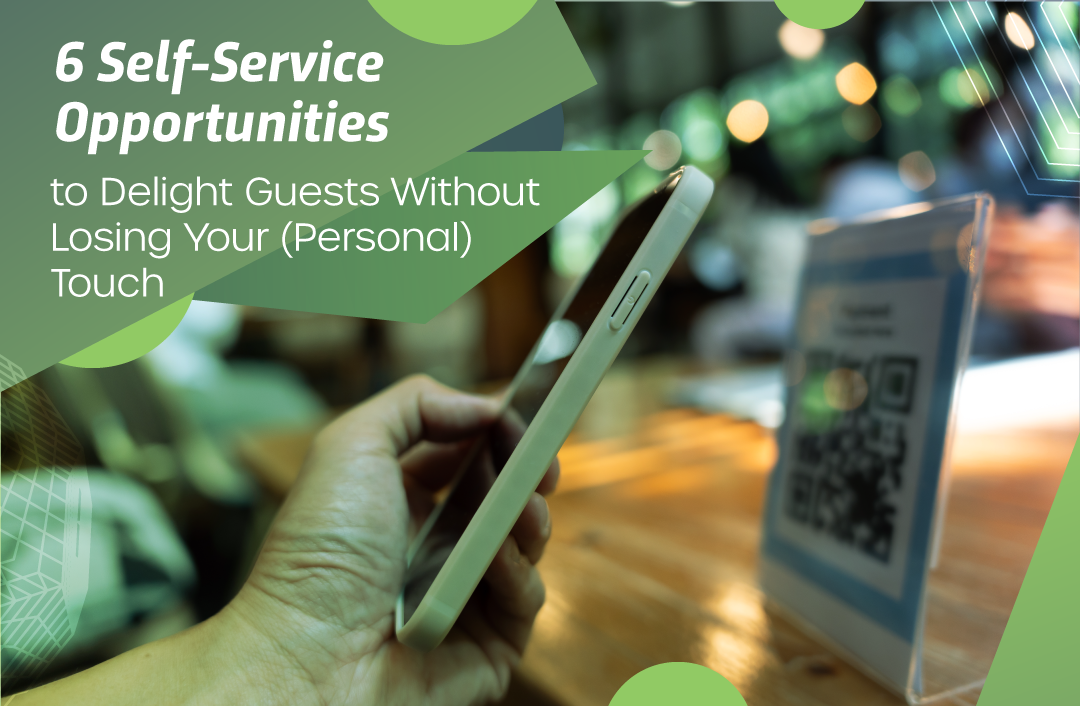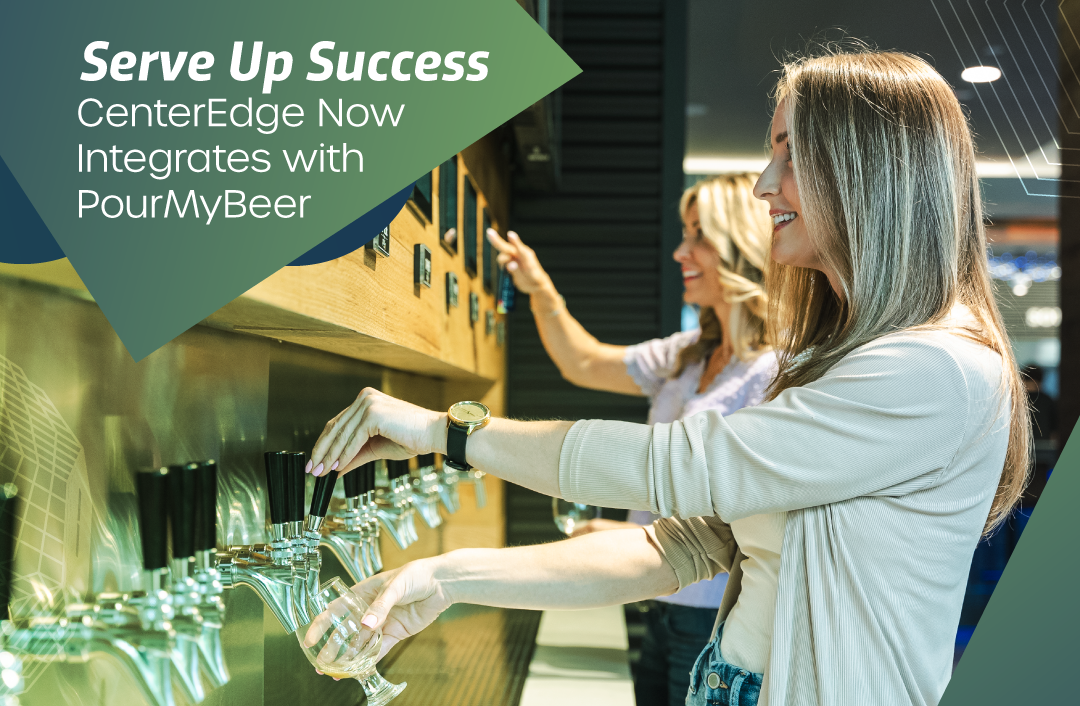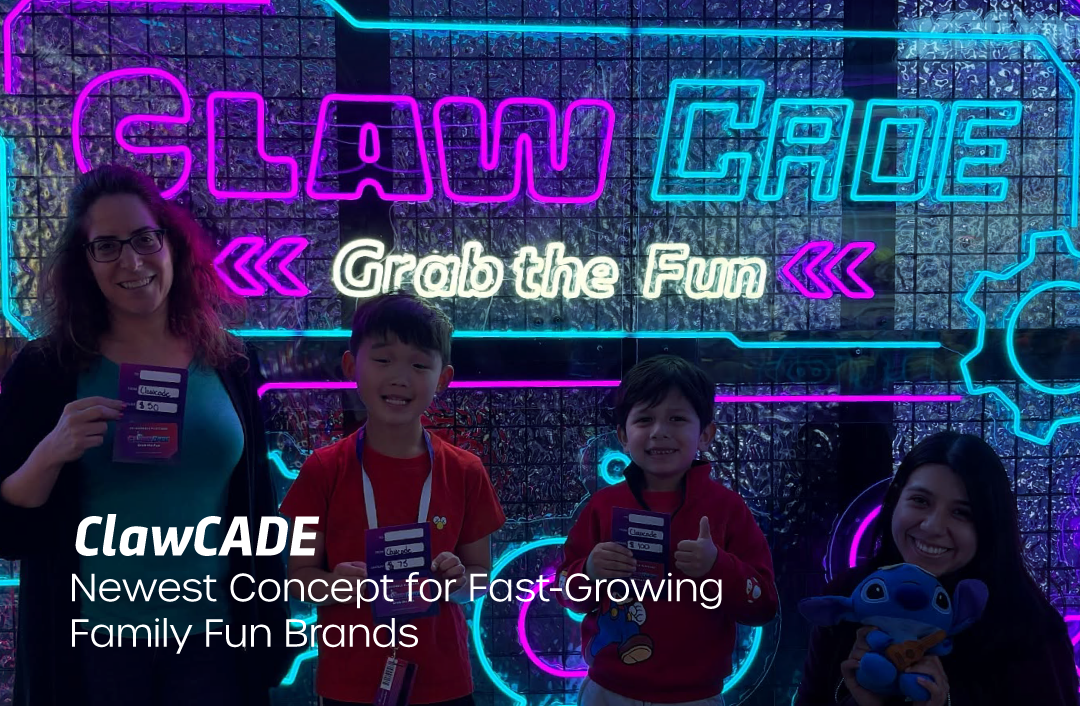How one simple model can help you turn friction moments into great guest experiences.
NOTE: I had the opportunity to meet Josh Liebman of Amusement Advantage at the 2017 Rockin’ Jump Conference and he had a lot to say about guest experience. He has some great, actionable thoughts around handling customer friction moments with guests, and how to get great at service recovery, and so we asked him to share the process that he teaches. Read on for his ideas about what he calls the LAST model for service recovery, and how it can help you make memories that last much longer than the moment of friction. Let us know what you think!
~ Sherry
In the world of guest experience, the most exciting thing for me is seeing effective service recovery in action. There are very few things more fulfilling than seeing a guest go from angry to frustrated to amenable to working with you to satisfied and then overjoyed. The moment you see the guest cross over the hump and into your territory, you know you are on your way to finding a win-win solution.
I frequently speak about the LAST model (Listen, Apologize, Solve, Thank) as the most effective tool when recovering from a service failure (in fact, I’ve even added my own bonus step). When a complaint is properly resolved, the process of the recovery itself can be even more memorable than the complaint. Additionally, the most effective service recovery solutions not only make the guest happy, but they even benefit YOU in positive financial ways. When you use the LAST model, you set yourself up for success that allows you to turn a negative occurrence into an enhanced experience for the guest.
Here are my five favorite reasons for why the LAST model is so effective:
1. Starts with a road map.
The most experienced service providers might be able to diffuse a confrontation with their eyes closed. But for the novice employee, they might not know where to begin. Using the LAST model as a road map gives your staff each step in bite size pieces that are applicable regardless of where they work in your operation. Especially since the first step is to LISTEN, your staff is afforded the opportunity to ask questions, internalize the complaint that they are receiving and tell the guest that they are ready to begin the resolution process.
2. Keeps everything in the right order.
Following the LAST model ensures that you or your staff can execute a complaint resolution in the proper sequence. If you attempt the SOLVE step before you LISTEN, then there is a strong likelihood that the recovery you are offering will not necessarily align with the service failure that occurred. It also may come across as insincere if you have not genuinely expressed empathy and offered an apology for the effects of what may have occurred. Additionally, solving problems that you have not fully understood or APOLOGIZED for may come across as robotic and reflexive – the guest might get the impression that you are not treating them as an individual, or that you are suggesting that a one-size-fits-all compensation is effective (it’s not). Therefore, following the LAST model in chronological order ensures the most effective resolution.
3. Eliminates walls.
Each step in the LAST model is designed to build a bridge with a guest who approaches you with a concern, and therefore, any wall they put up can be effectively torn down. When you LISTEN instead of argue, and APOLOGIZE instead of place blame, you effectively begin to form a bond with the guest that they had not anticipated. Specifically, I always suggest that you THANK the guest after you LISTEN as well as after you SOLVE. Expressing your appreciation for the fact that the guest spoke up about their concerns shows that you genuinely want to solve the problem that occurred, and also put systems in place so that future guests are not inconvenienced by the same failure. When you THANK your guest closer to the beginning of the recovery process, the remainder of the process goes considerably smoother.
4. Uses empathy.
Even if you don’t agree with a guest’s complaint, and many times you won’t, following the LAST model keeps you on track to show that even though you may feel different from their opinion, you can still empathize with them and indicate that their concerns are valid. The guest may not always be right, but they are your guest and they are the ones who will determine if they will visit again, and also how they will communicate their perception of your business with their network. When you put your own passion and pride to the side for the sake of making an angry guest happy, you increase your likelihood of successfully resolving their complaint. The LAST model allows you to do that, even when you feel the guest may be incorrect.
5. Shows you’re listening even when guests can’t see you.
The LAST model works very well when the interaction is between the guest and a representative in a guest services office or lobby. But it shouldn’t be reserved for that situation only. Effective recovery can also happen in the field by ride operators, food service employees, retail staff and more. It works just as effectively over the phone, too. On the phone, you don’t have the benefit of communicating with facial expressions and body language, but you can let the guest hear that you are LISTENING to them by confirming what they say and repeating it back. If you are responding to an email or posting online, you can demonstrate the LISTEN step by responding that you have read their feedback and understand their concerns. On social media channels especially, it is vital to understand and validate the complaint otherwise complaining online becomes a spectator sport. Use the LAST model online and show your audience that you are a champion at fixing problems.
Joshua Liebman helps attractions understand and improve their guest experience. As the Director of Business Development for Amusement Advantage, Joshua specializes in mystery shopping, quality assurance consulting, feedback analysis, and guest experience training. Amusement Advantage proudly serves more than 700 attractions across the US and Canada. Contact him at josh@amusementadvantage.com or learn more about the results from his latest industry study at http://www.amusementadvantage.com/funrating/.
Have a service recovery success story? Share them with us in the comments or on Twitter.
Search Resources
Subscribe to Email Updates
Featured Resources
Blogs //
6 Self-Service Opportunities to Delight Your Guests Without Losing Your (Personal) Touch

News //
CenterEdge Now Integrates with PourMyBeer to Help FECs Serve Up Success

News //
ClawCADE is Newest Concept for Fast-Growing Family Fun Brands

Blogs //
Data-Driven Decisions: Using Management Software to Optimize Staffing & Guest Flow

Posts by Topic
- Advantage Payments (7)
- Brand Management (19)
- Business Growth (81)
- Capacity Management (2)
- CenterEdge News (28)
- Client Interviews (8)
- Credit Card Processing (3)
- Data & Reporting (12)
- Digital Signage (1)
- Event Management (20)
- Facility Management (10)
- Food & Beverage (8)
- Guest Experience (34)
- Guest Management (20)
- Holiday Season & Promotions (5)
- Industry Events (10)
- Inventory Management (1)
- Loyalty Programs (8)
- Marketing Tips (24)
- Operations (1)
- Point of Sale (10)
- Product Launch (11)
- Productivity (5)
- Profitability (35)
- Redemption Management (1)
- Sales (35)
- Season Passes (1)
- Team Training (60)
- Waivers (2)

Leave a Comment